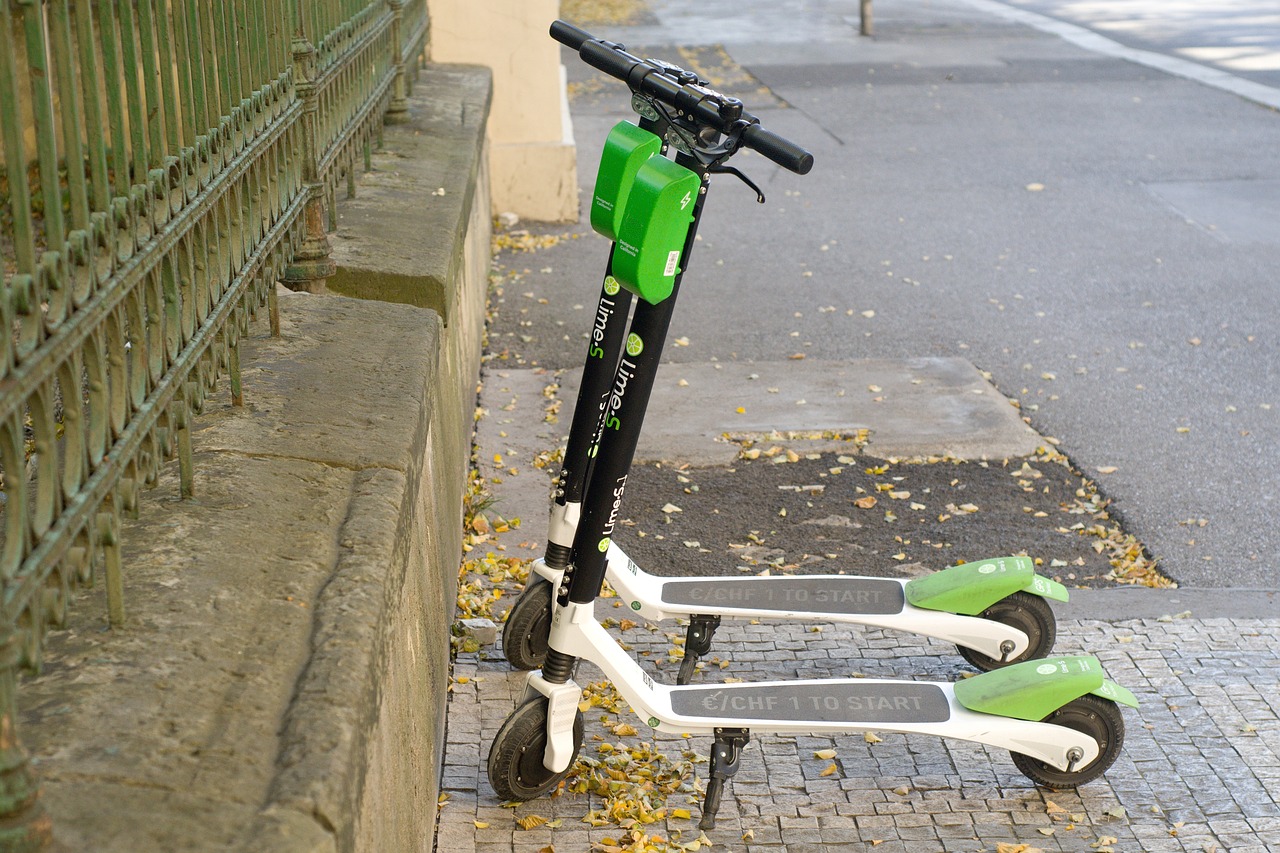
Scooter sharing company Lime has decided to pull out of 12 markets and lay off employees at it continued its struggle to become profitable.
Lime, the second biggest scooter sharing company in the world, announced that it will be exiting 12 markets and laying off employees amidst profitability struggles.
The company will pull out of Atlanta, Phoenix, San Diego and San Antonio in the US while overseas, it will exit several cities, including Bogota, Lima and Rio de Janeiro. Lime will also be laying off 14% of its full-time employees globally, amounting to around 100 people.
The scooter sharing firm declined to specify the number of part-time employees who will be affected by the layoffs. The company attributes its struggle to become profitable to low ridership as well as regulatory challenges in some of these markets, including bans on nighttime riding and high operating fees.
Lime chief executive officer (CEO) Brad Bao wrote in a blog post: "We have shifted our primary focus to profitability. While the vast majority of our 120+ markets have adopted micromobility transportation solutions quickly and are profitable, there are select communities throughout the world where micromobility has evolved more slowly."
In 2017, Lime launched as a bike sharing company but shifted its focus to electric scooters in 2018 following the success of Bird, a Santa Monica startup that pioneered scooter sharing. Uber and Lyft also followed suit by launching their own scooter operations.
Lime has already raised $777 million and was valued at $2.4 billion as scooters became popular with people taking short trips in congested cities. Along with Bird, the company bested grew faster than Uber and Lyft in their early years. However, it has struggled to become profitable.
Among the challenges to profitability were the short lifespans of electric shooters, theft and vandalism of units, which increase the costs of replacement. Electricity costs for charging also add to this.






